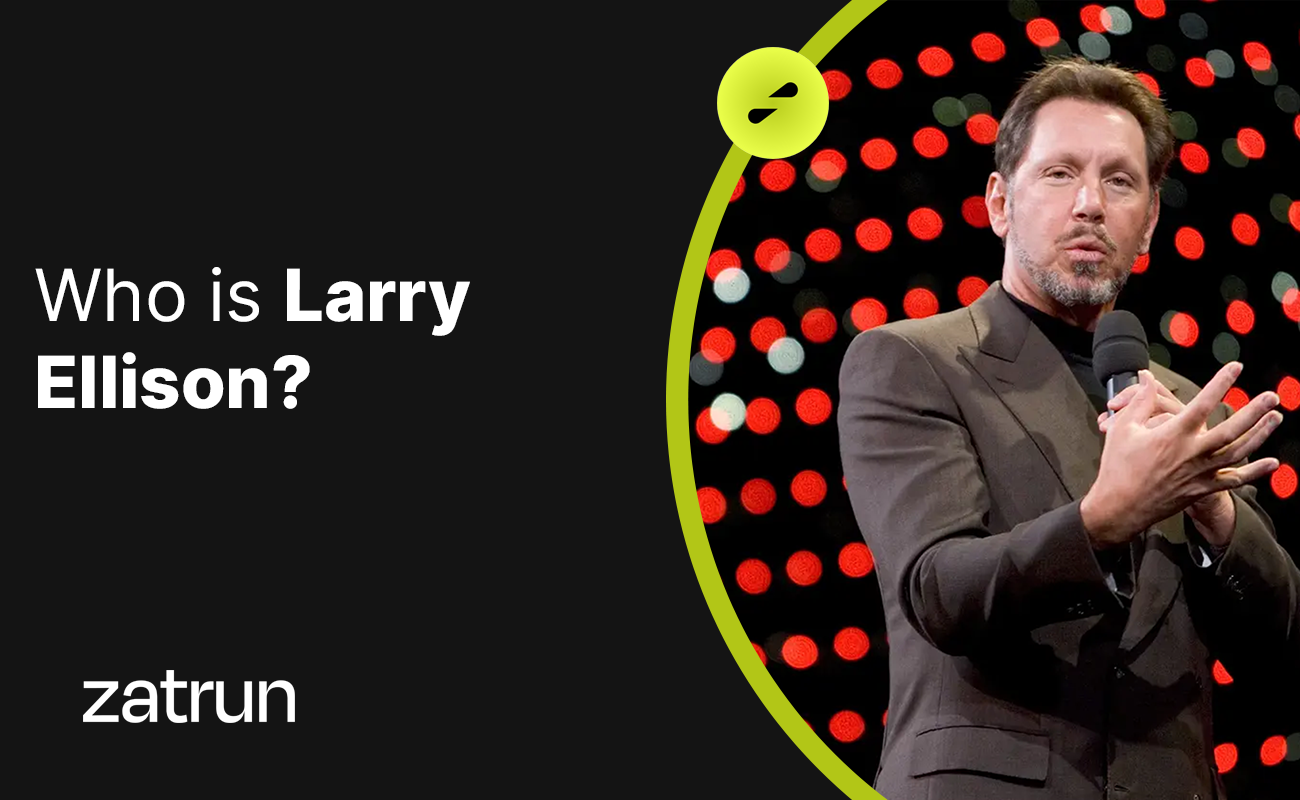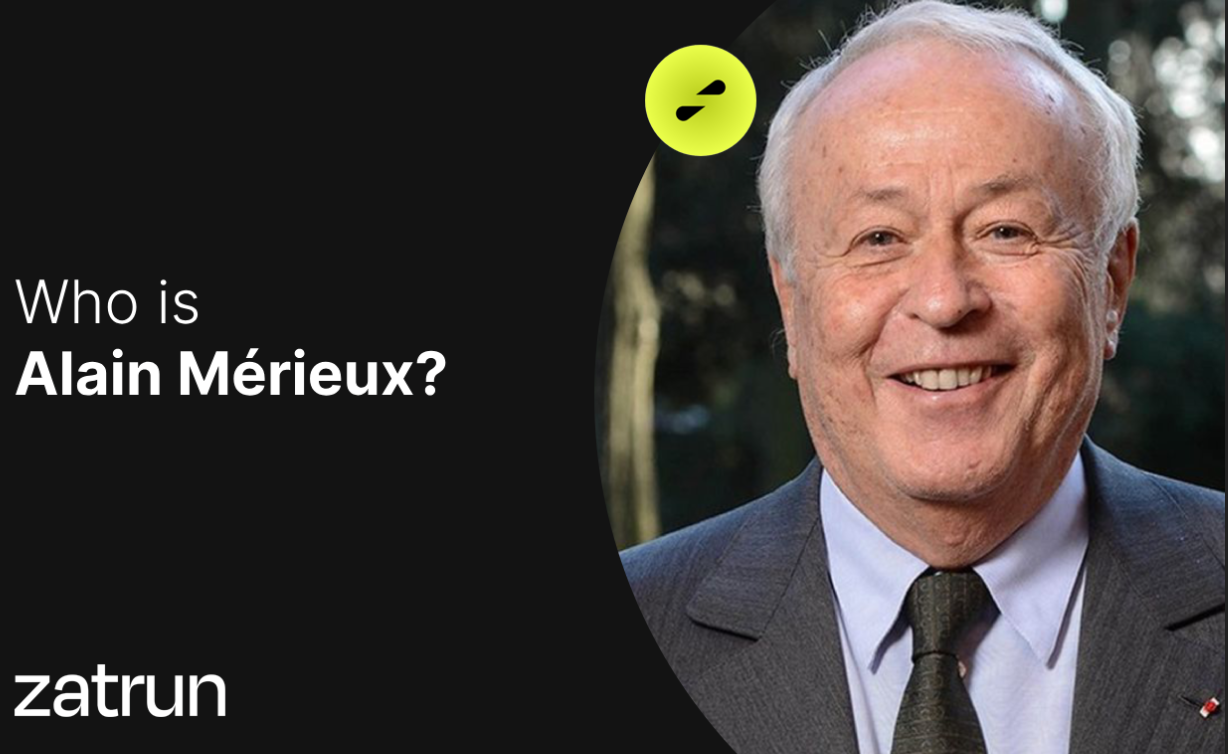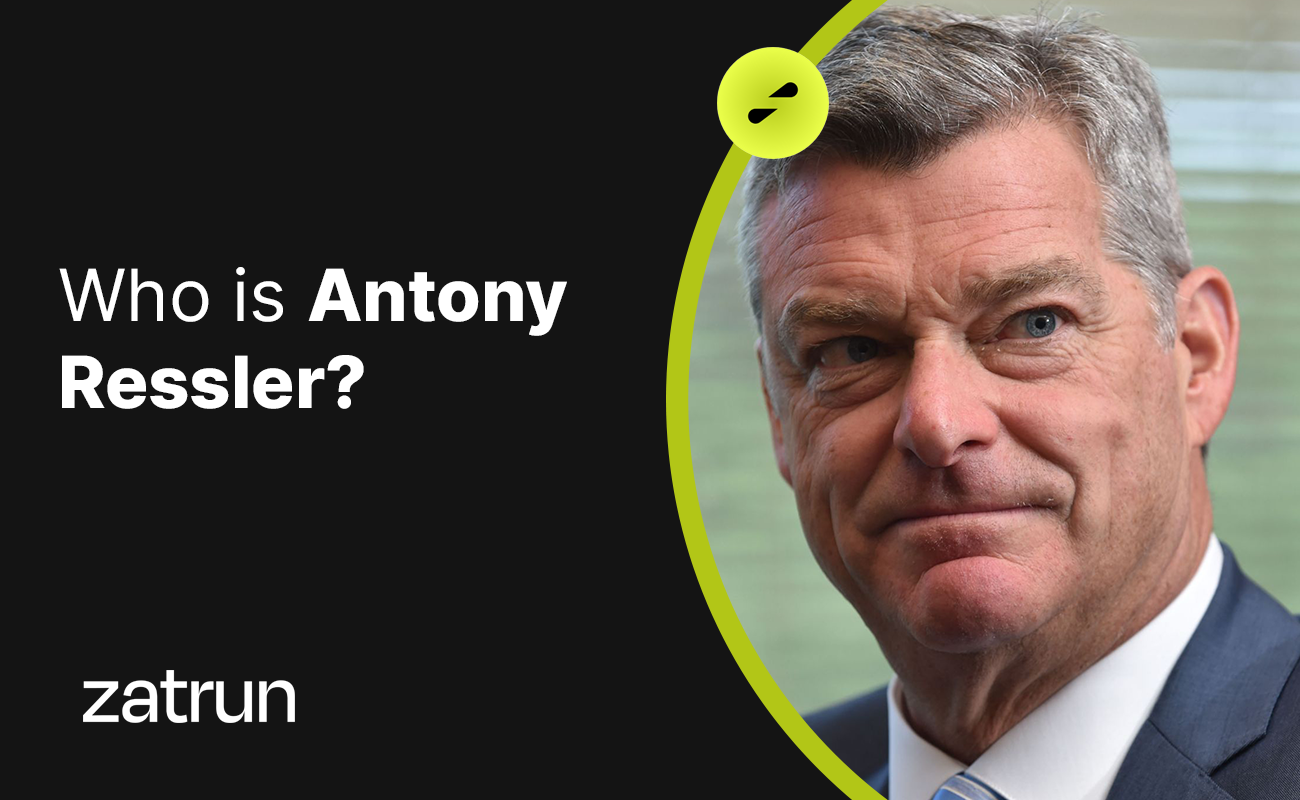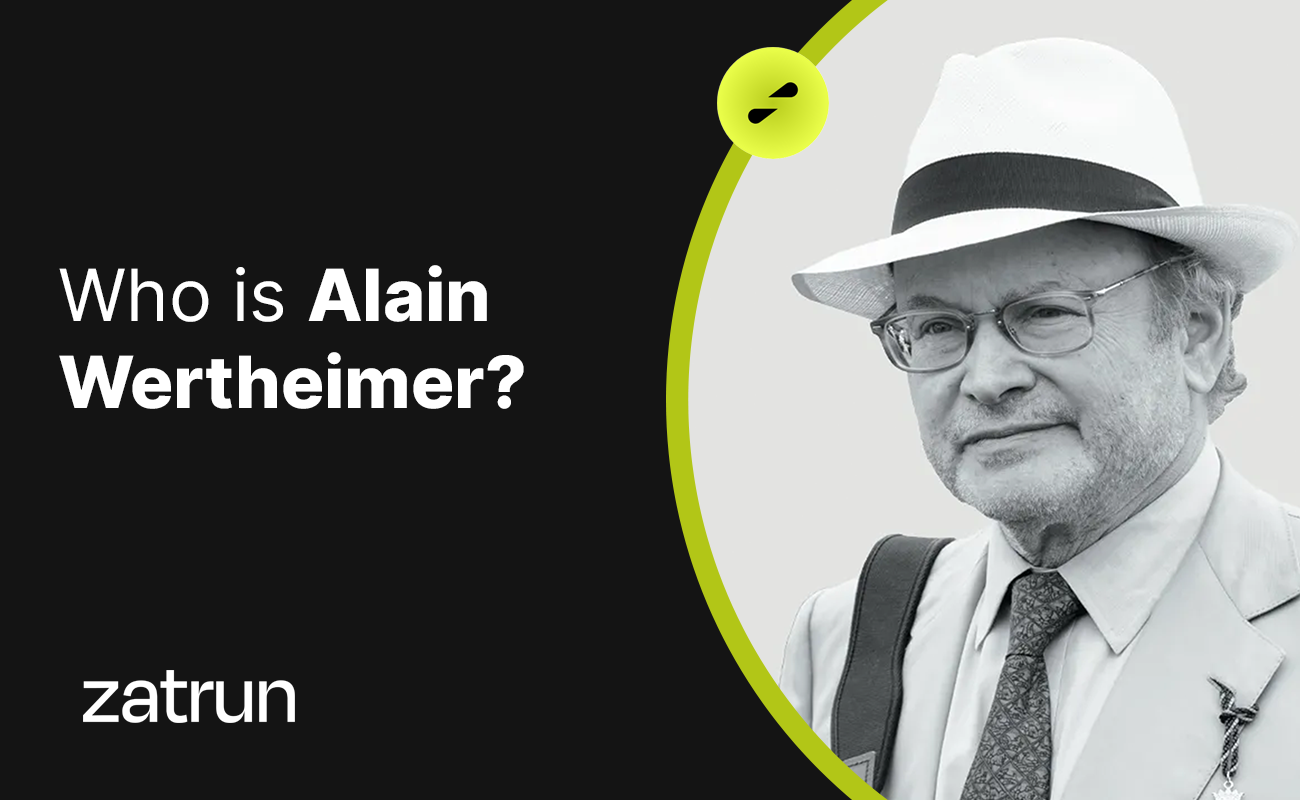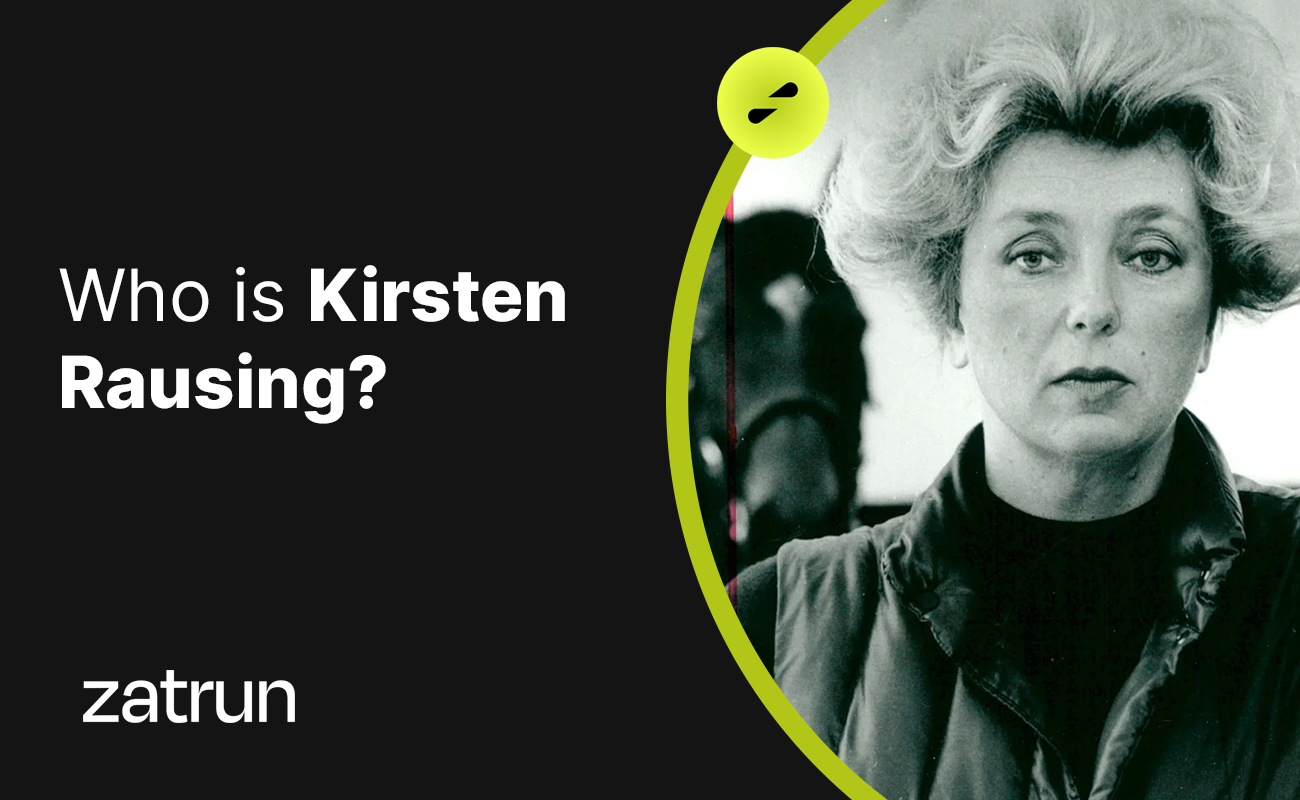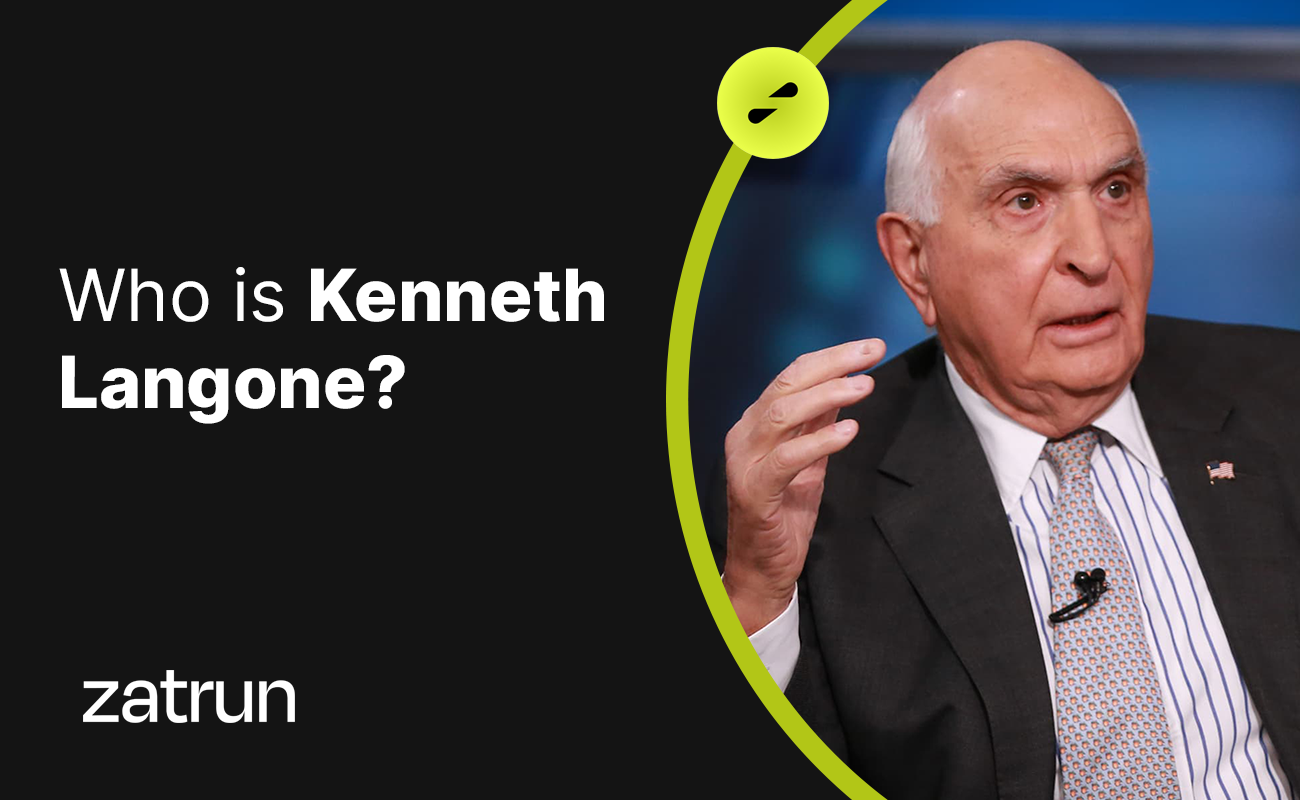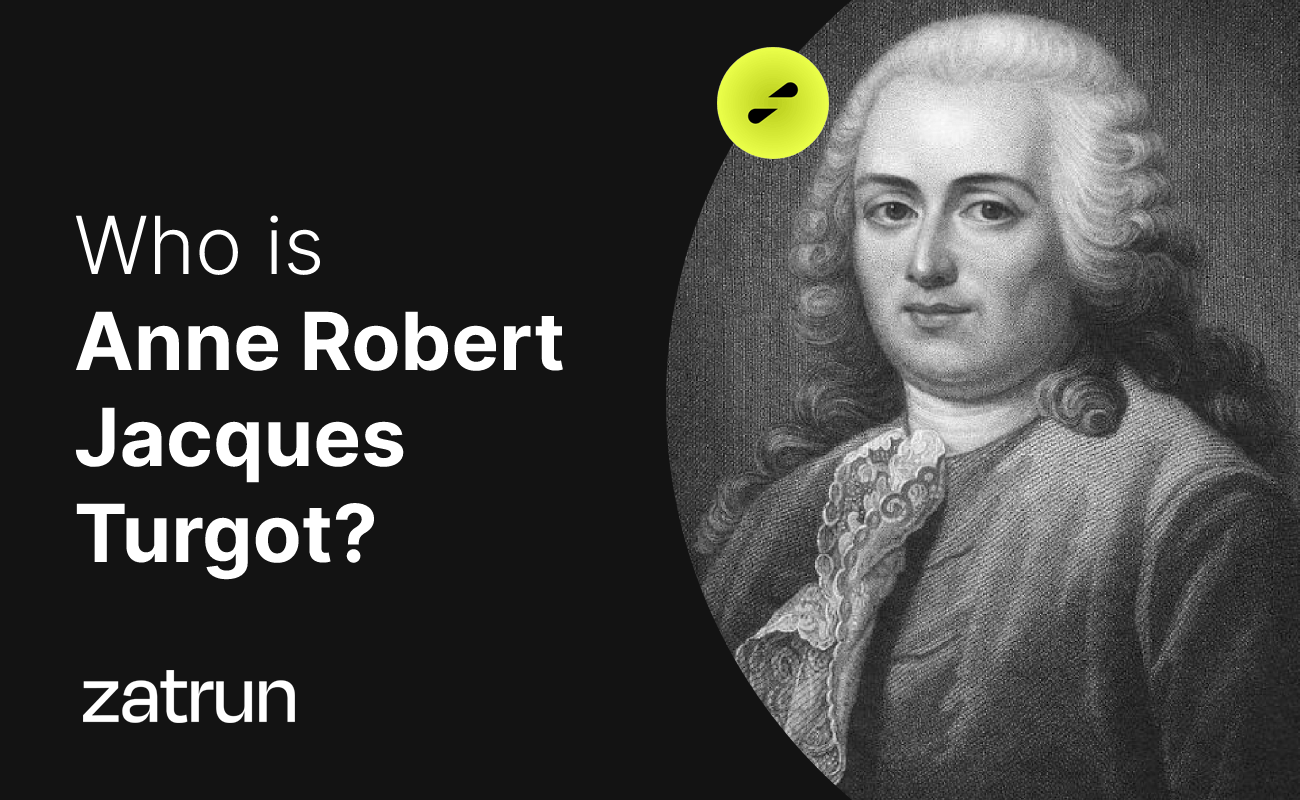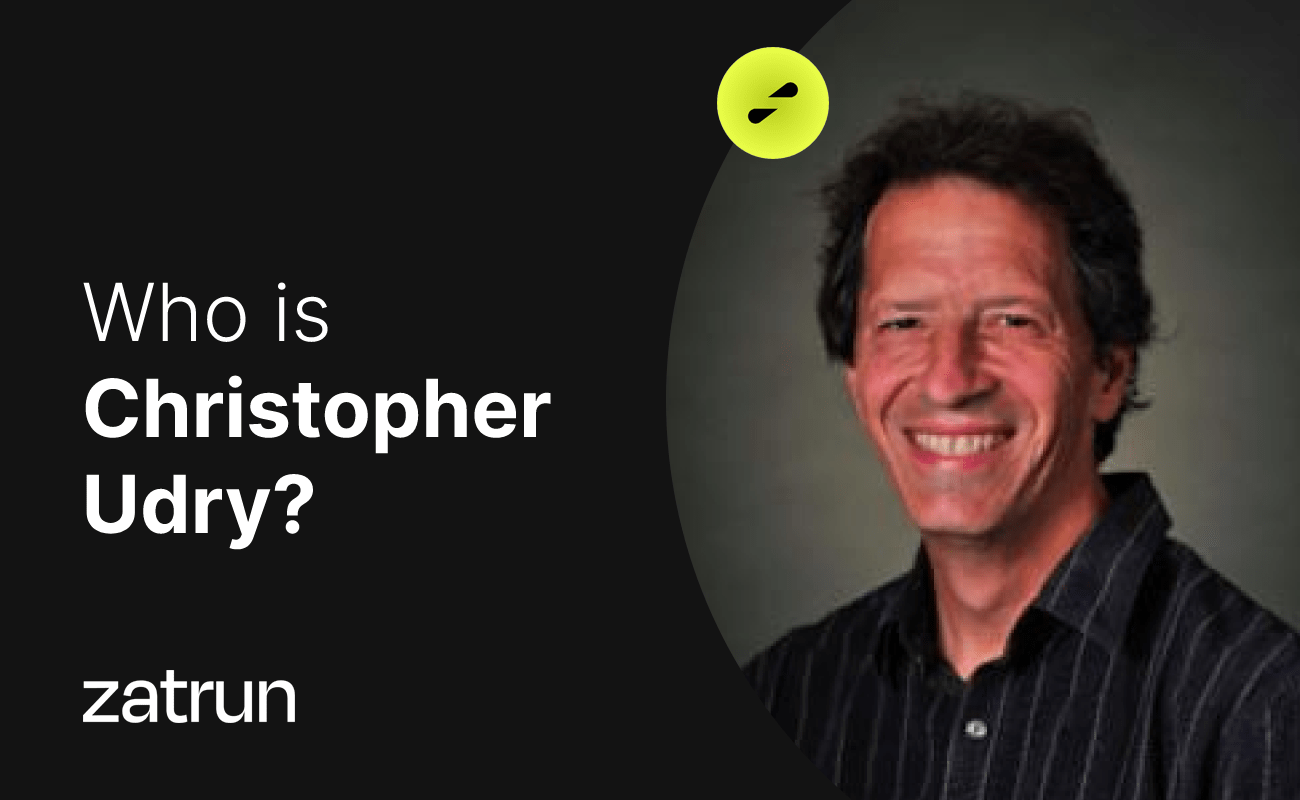Amos Tversky is an Israeli scientist known for his contributions to the fields of cognitive psychology and behavioural finance. He played an important role in exploring human cognitive biases and risk management. He conducted early work on the foundations of measurement. Additionally, he worked with leading researchers such as Nobel laureate Daniel Kahneman on ground-breaking studies in the field of behavioural economics, including prospect theory.
Tversky collaborated with researchers such as Thomas Gilovich, Itamar Simonson, Paul Slovic, and Richard Thaler. To learn more about his life and work, you can explore the subheadings in this Zatrun.com article.

Who is Amos Tversky?
Amos Tversky was born on March 16, 1937, in Haifa, British Mandate Palestine (now Israel). His father was a Polish-born veterinarian, and his mother was a Lithuanian Jewish social worker who later became a member of the Israeli parliament, the Knesset. Tversky had an older sister named Ruth, who was 13 years his senior. Tversky was self-taught in many fields, including mathematics. He studied under literary critic Baruch Kurzweil in high school and became friends with award-winning poet Dahlia Ravikovich.
Tversky received his undergraduate degree from Hebrew University of Jerusalem in 1961 and his PhD from the University of Michigan in 1965. During this time, he also served in the Israeli Defense Forces and participated in the Suez Crisis, the Six-Day War, and the Yom Kippur War.
Amos Tversky began his academic career at Hebrew University and later moved to Stanford University. It was here that he met Kahneman, and together they conducted studies on people’s predictions and probability judgments. They later developed a model called prospect theory to explain people’s irrational economic choices, which became one of the cornerstones of the field of behavioural economics.
Amos Tversky also focused on heuristics that people use in their intuitive decision-making processes and the biases they lead to. For example, the representativeness heuristic leads people to evaluate the probability of events based on their similarity, while the availability heuristic leads people to evaluate the probability of events based on how easily they can be recalled.
Tversky’s work has had a significant impact on many fields, including psychology, economics, political science, medicine, artificial intelligence, and statistics. He was also a co-author of the three-volume work Foundations of Measurement, which focuses on measurement theory. Tversky passed away in 1996 at Stanford due to cancer.
His Ideas and Works
Amos Tversky has made many important contributions to the fields of psychology and behavioural economics. Below are some of his notable works:
- Expectancy theory: A model that attempts to explain how people make decisions in risky situations. According to this model, people make decisions based on reference points rather than possible gains and losses. Additionally, people tend to avoid losses, meaning they will take more risks to regain something they have lost.
- Availability heuristic: An intuitive decision-making method that causes people to evaluate the likelihood of events based on how easily they can remember them. For example, people may think that events they frequently hear about in the media are more likely to occur.
- Conjunction fallacy: A logic error that causes people to believe the probability of two events occurring together is higher than the probability of them occurring separately. For instance, people may think that the probability of someone being both a feminist and a banker is higher than the probability of them being solely a banker.
- Behavioural finance: An economics that studies how people behave and make decisions in financial markets. Expectancy theory and cognitive biases, developed by Tversky and Kahneman, have played an important role in this field.
- Loss aversion: A concept that indicates people take more risks to regain something they have lost. This concept is closely related to expectancy theory and shows that people value things they have lost more than things they have gained.
- Tversky index: A formula used to measure the similarity between two sets. Similarity in this formula is dependent on the ratio of the size of the intersection of two sets to the size of their difference.
Tversky’s Legacy
Amos Tversky made a significant contribution to understanding and explaining human decision-making processes. His work has had an impact on many fields, including psychology, economics, political science, medicine, artificial intelligence, and statistics. He also left a deep impression on many of his students and colleagues.
After Tversky’s death, Daniel Kahneman received the 2002 Nobel Prize in Economics for their joint work. Kahneman said he shared the award with Tversky. Tversky’s work continues to be discussed today and helps us better understand human behaviour.


